Table of Contents
Netflix has once again delivered a gem with the documentary “Black Barbie,” a film that dives deep into the history and cultural significance of the Black Barbie doll. As someone who grew up in Europe with a limited view of Barbie dolls, this documentary was both an eye-opener and a poignant reminder of the diversity we often missed out on.
A Well-Made Documentary That Hits Home
From the very beginning, “Black Barbie” is captivating. The documentary is meticulously crafted, with a narrative that is both engaging and educational. It brings to light the important contributions of Kitty Black Perkins, the designer behind the original Black Barbie. Perkins, who I’ve read about but never seen before, is a central figure in the documentary. Her insights and experiences add a personal touch to the story, making it even more compelling. Below you can see what I have from the Shani Asha line.
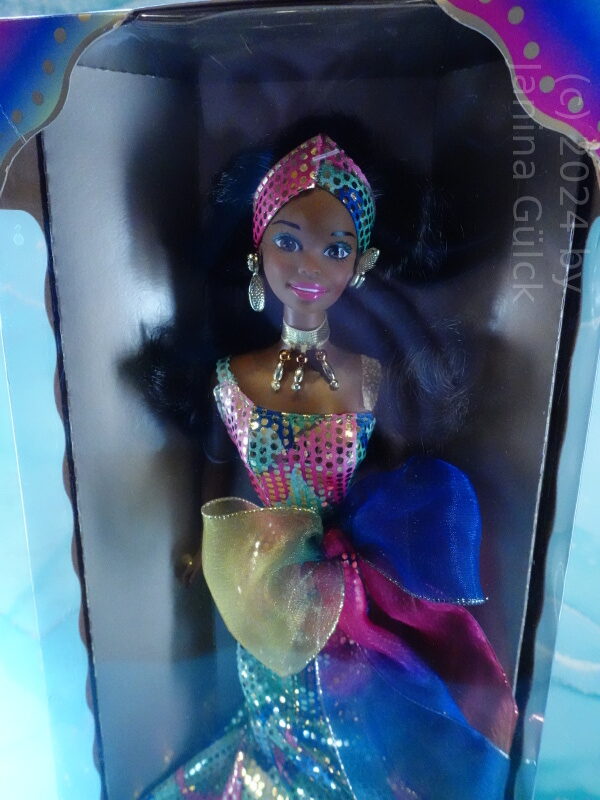

Kitty Black Perkins: The Designer Who Made History
Kitty Black Perkins’ journey is nothing short of inspiring. As a trailblazing designer at Mattel, she played a pivotal role in creating the first Black Barbie. The documentary does an excellent job of highlighting her career, her challenges, and her triumphs. Seeing her speak about her work and the impact she hoped to achieve was a highlight for me. It’s one thing to read about such an influential figure, but seeing her and hearing her story firsthand added a new level of appreciation for her contributions.
The Birth of Black Barbie: A Riveting Tale
The story of how Black Barbie came to be is as fascinating as it is important. The documentary delves into the socio-political climate of the time and the pressure on Mattel to diversify its product line. The arrival of Black Barbie wasn’t just a business decision; it was a cultural milestone. For many, this doll represented a significant step towards inclusivity and representation in the toy industry.https://www.netflix.com/de/title/81716193
A European Childhood with Limited Diversity
Growing up in Europe, my experience with Barbie dolls was quite different. The shelves were predominantly filled with fair-skinned, blonde Barbies. The diversity we now see in the Barbie lineup was largely absent. I remember seeing the occasional Benetton Christie doll, but Black dolls were a rarity. The documentary made me reflect on my childhood and the limited options we had. In the mid 1990s however one Shani was available in Europe. She was back then not super interesting to me because I already had one Barbie with the Paint n Dazzle feature but you can see from the box that she was made for the European market with a multi-lingual box.

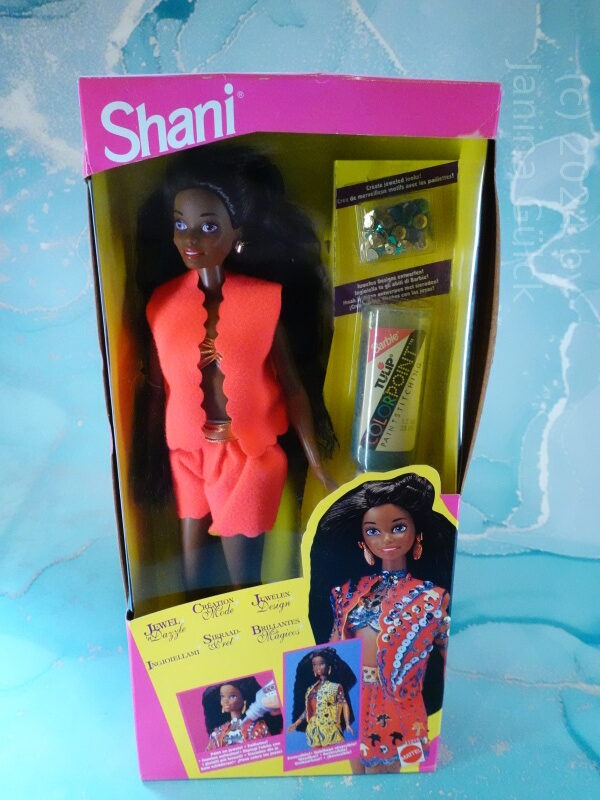
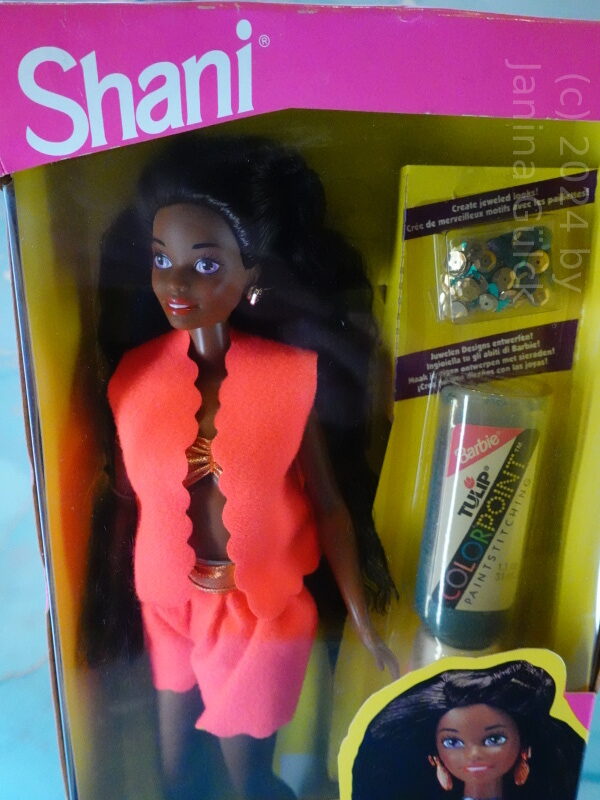
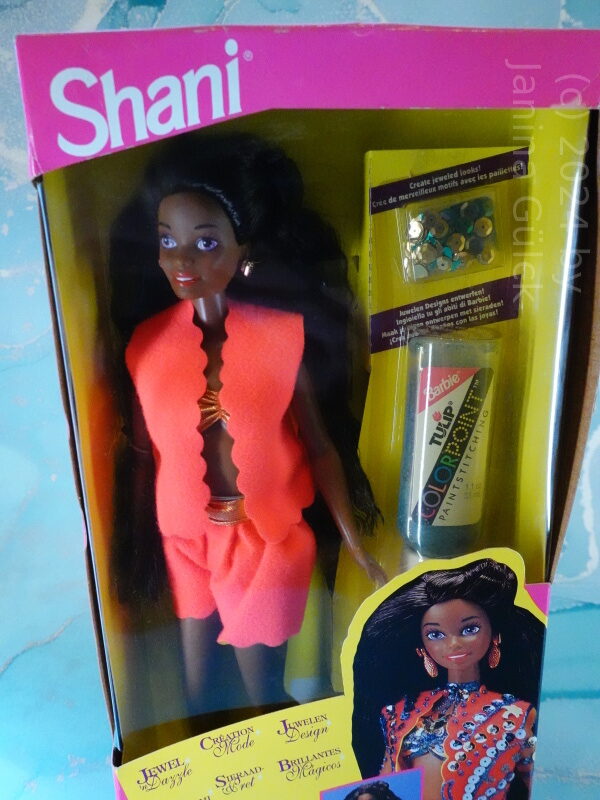
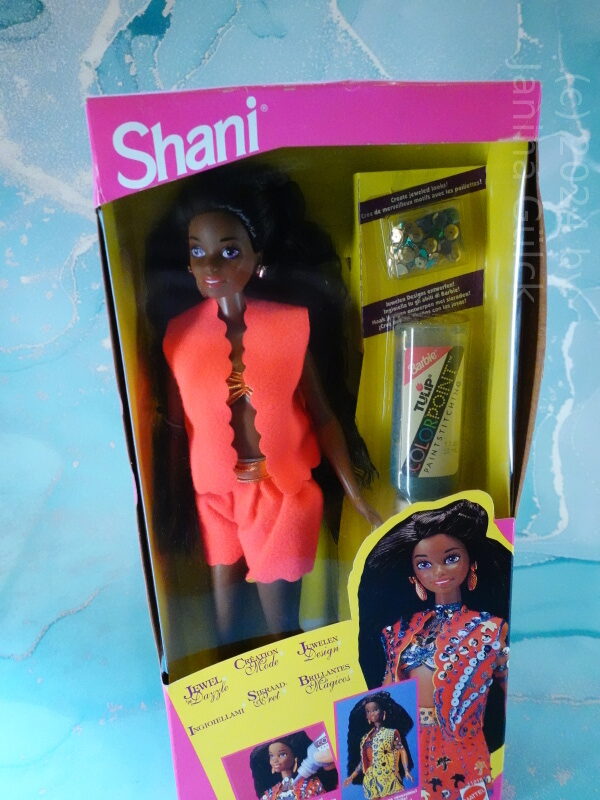
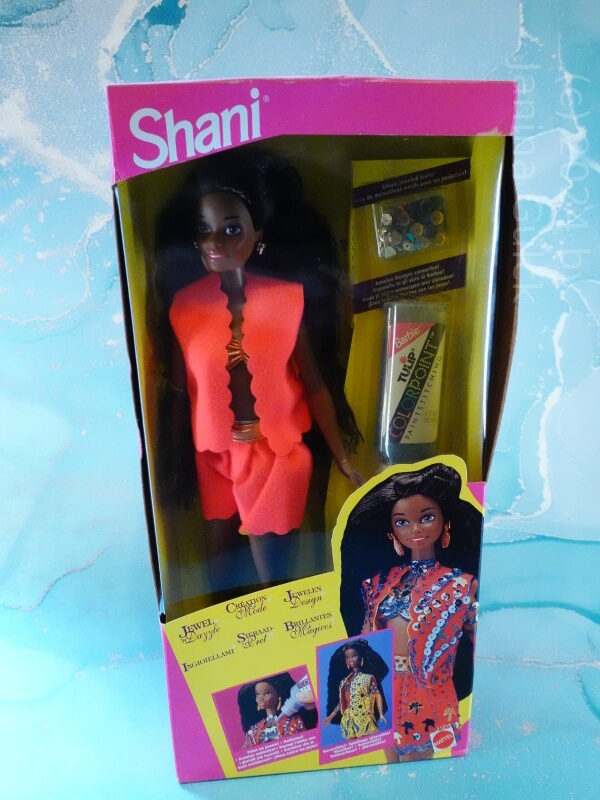
The Appeal of Shani: A Missed Opportunity in Europe
One of the standout dolls mentioned in the documentary is Shani. I couldn’t help but think how well Shani would have been received in Europe. She would have brought much-needed diversity to our toy stores. As children, we would have found Shani fascinating and appealing. Her absence in European markets felt like a missed opportunity for greater representation and inclusivity.
The Desire for More Variety
The documentary also made me ponder the limited selection we often encountered. In Europe, it felt like we only got a subset of the full Barbie range available in the US. More variety would have certainly been welcomed. While blonde Barbies were a staple and had their charm, it’s important to recognize that not everyone in Europe is blonde. The range of hair colors and styles available to us was quite limited. Having more options would have allowed for better representation and a richer play experience.
Representation Matters
“Black Barbie” reinforces the importance of representation in toys. Dolls like Black Barbie and Shani offer children the opportunity to see themselves reflected in their toys, which is crucial for developing a positive self-image. They also teach children about diversity and inclusivity from a young age. This is something that, looking back, was sorely lacking in my own childhood toy collection. Seen from my childhood perspective I’m not sure if anything was lacking because I didn’t know any other reality or any other dolls. The information and pics we had back then were limited. The internet later made it easier to learn about Barbie and her distribution worldwide.
Conclusion: A Call for Continued Progress
“Black Barbie” on Netflix is a must-watch documentary that sheds light on an important chapter in toy history. It celebrates the achievements of Kitty Black Perkins and the significance of Black Barbie in promoting diversity and inclusion. As someone who grew up with a limited view of Barbie dolls, this documentary resonated deeply with me.
The story of Black Barbie is a reminder of the progress that has been made and the work that still needs to be done. It’s a call for continued efforts to ensure that all children, regardless of their background, have access to toys that represent them. Diversity in toys is not just a trend; it’s a necessity for fostering a more inclusive and accepting world.
In Europe, where we often had a limited selection of Barbie dolls, the introduction of more diverse dolls like Black Barbie and Shani would have made a significant difference. They would have enriched our play experiences and broadened our perspectives from a young age. As we move forward, let’s hope that the toy industry continues to embrace diversity and offers children everywhere the chance to see themselves in their toys.
